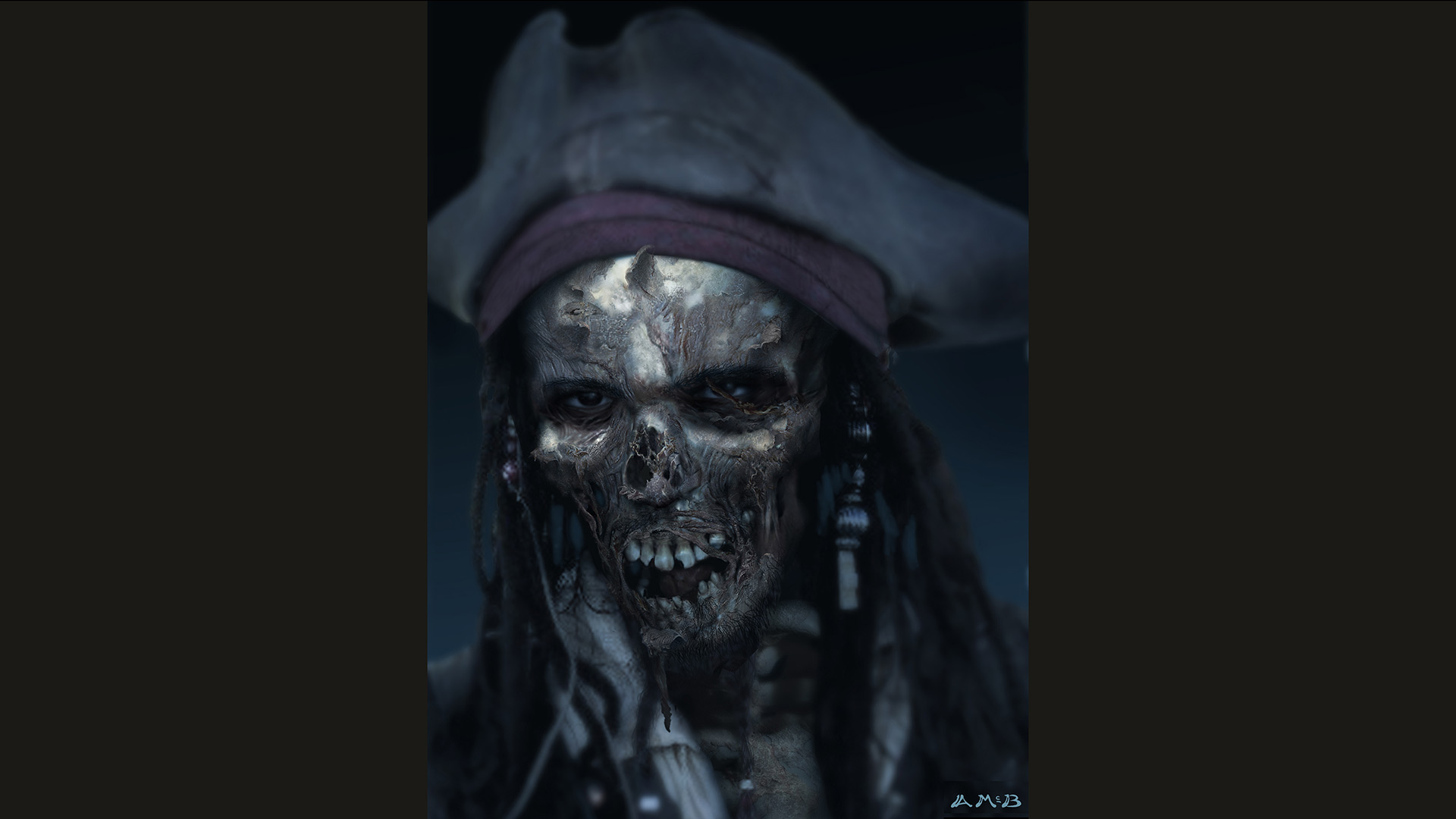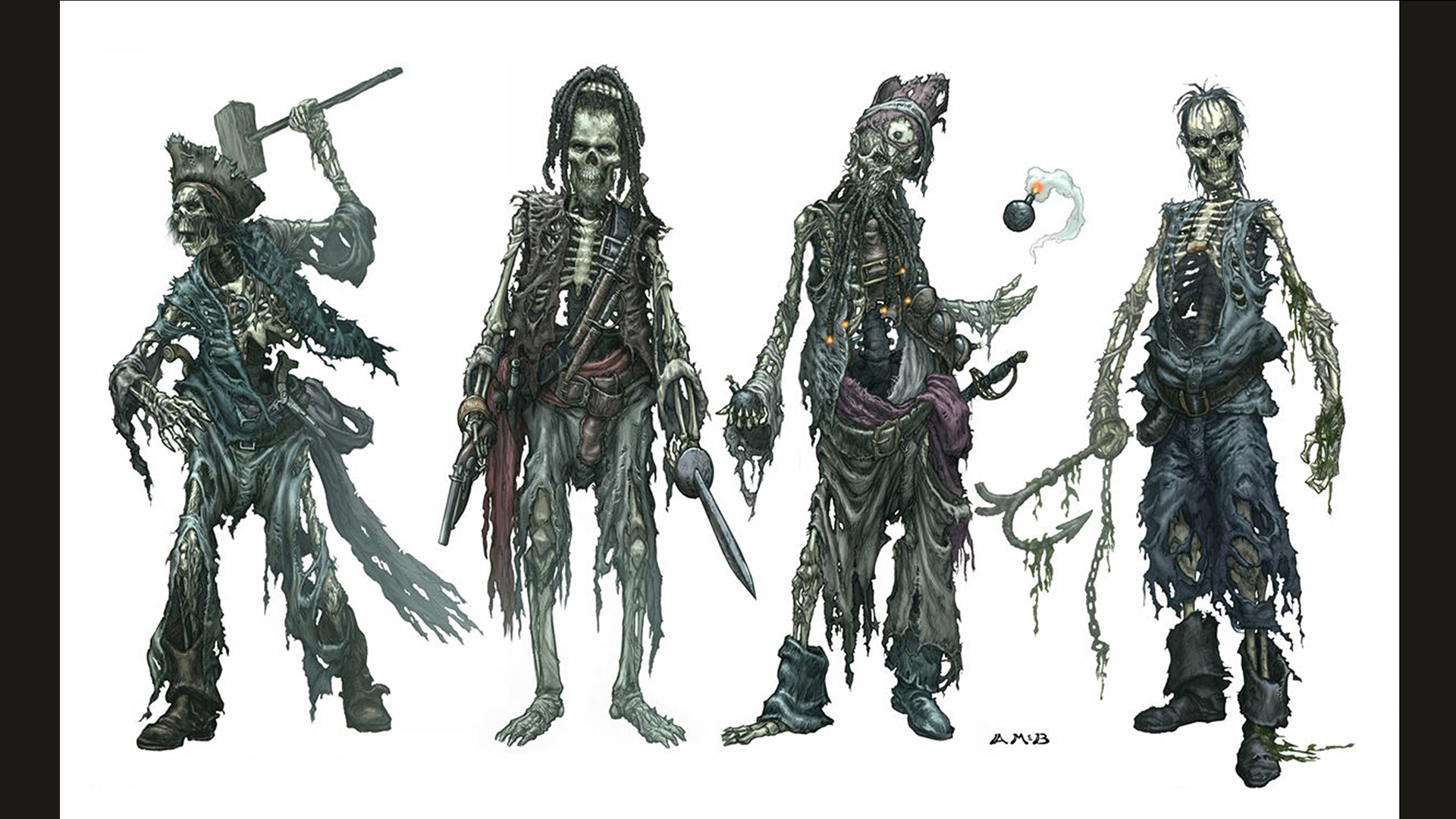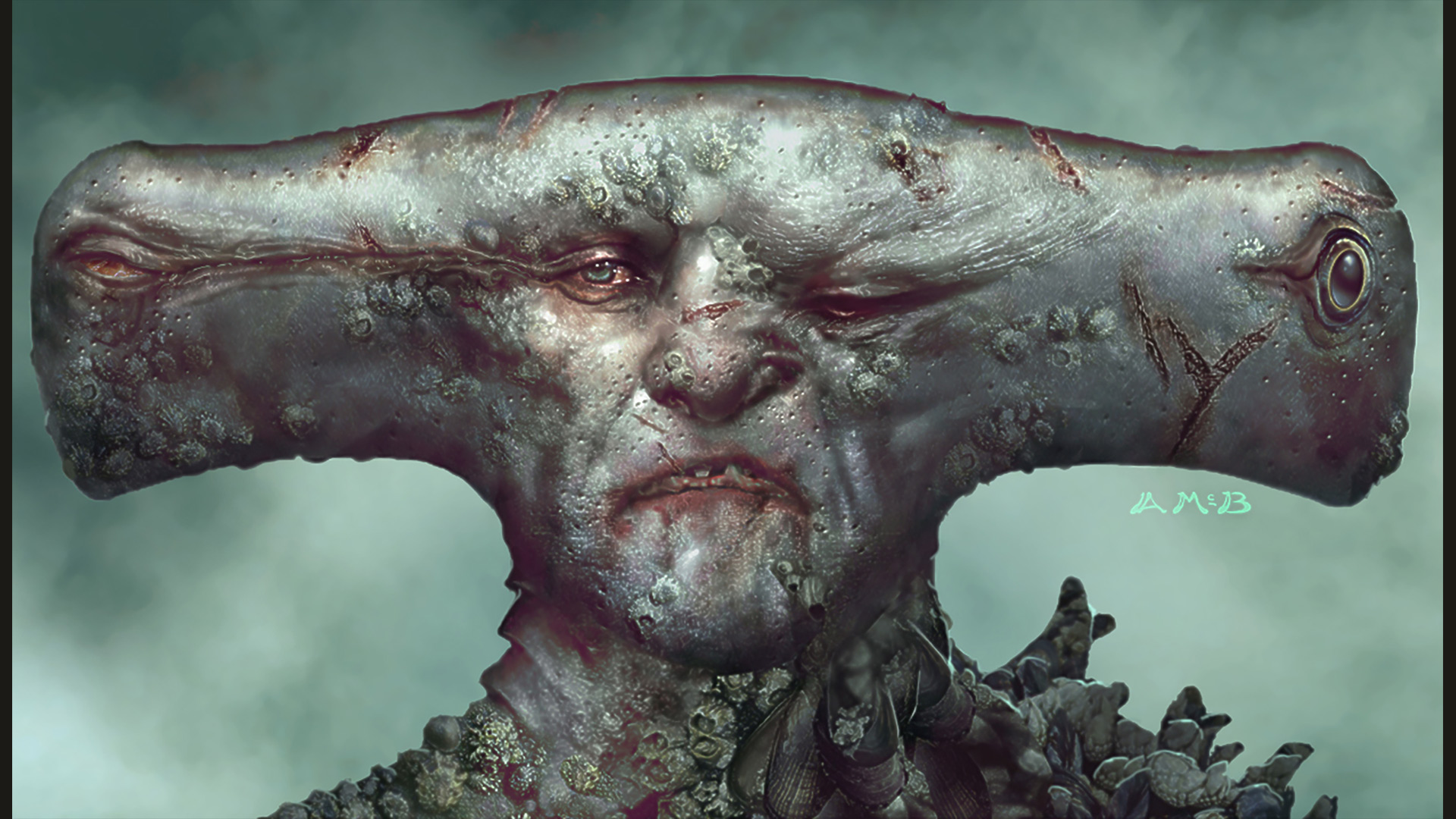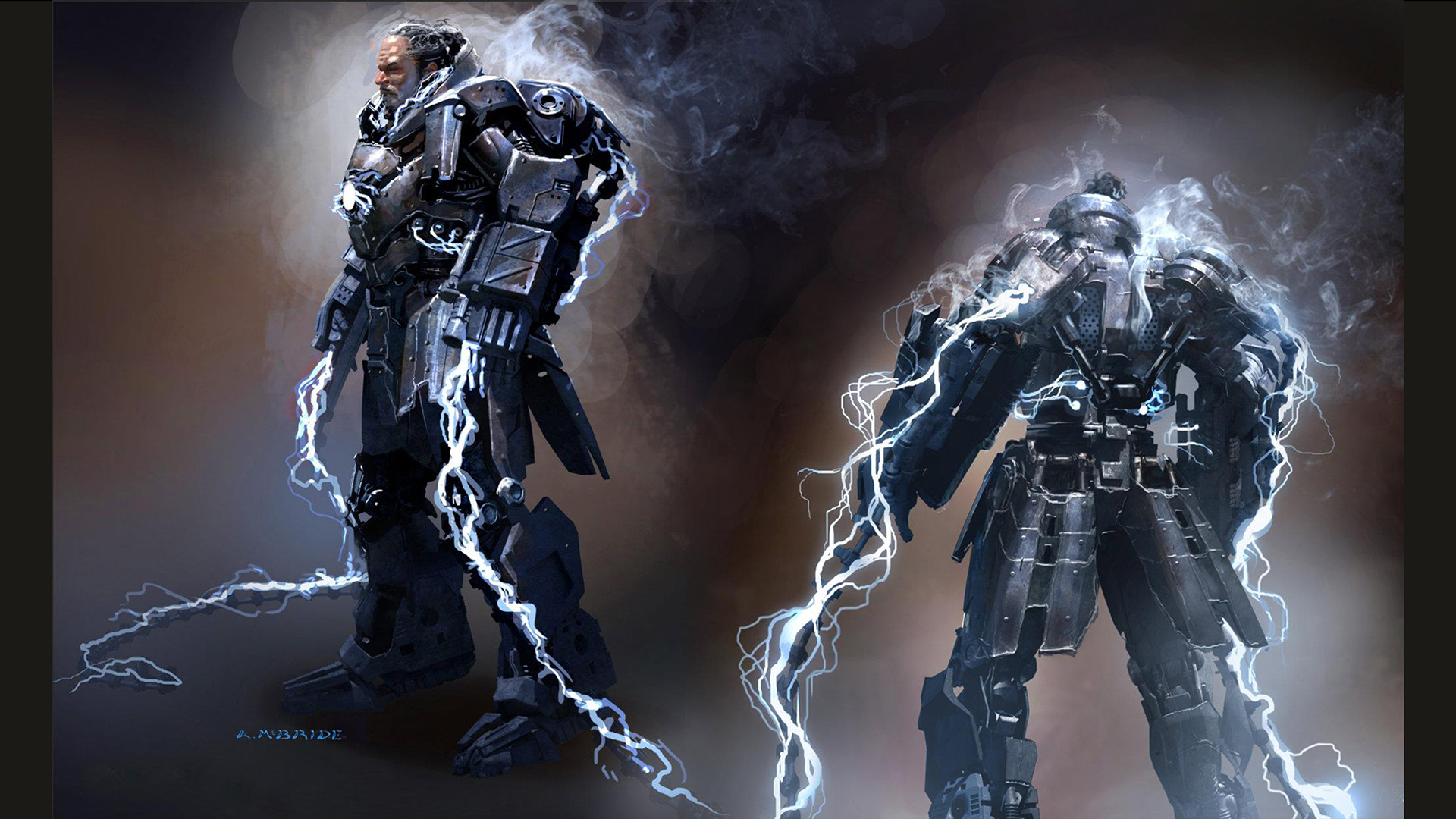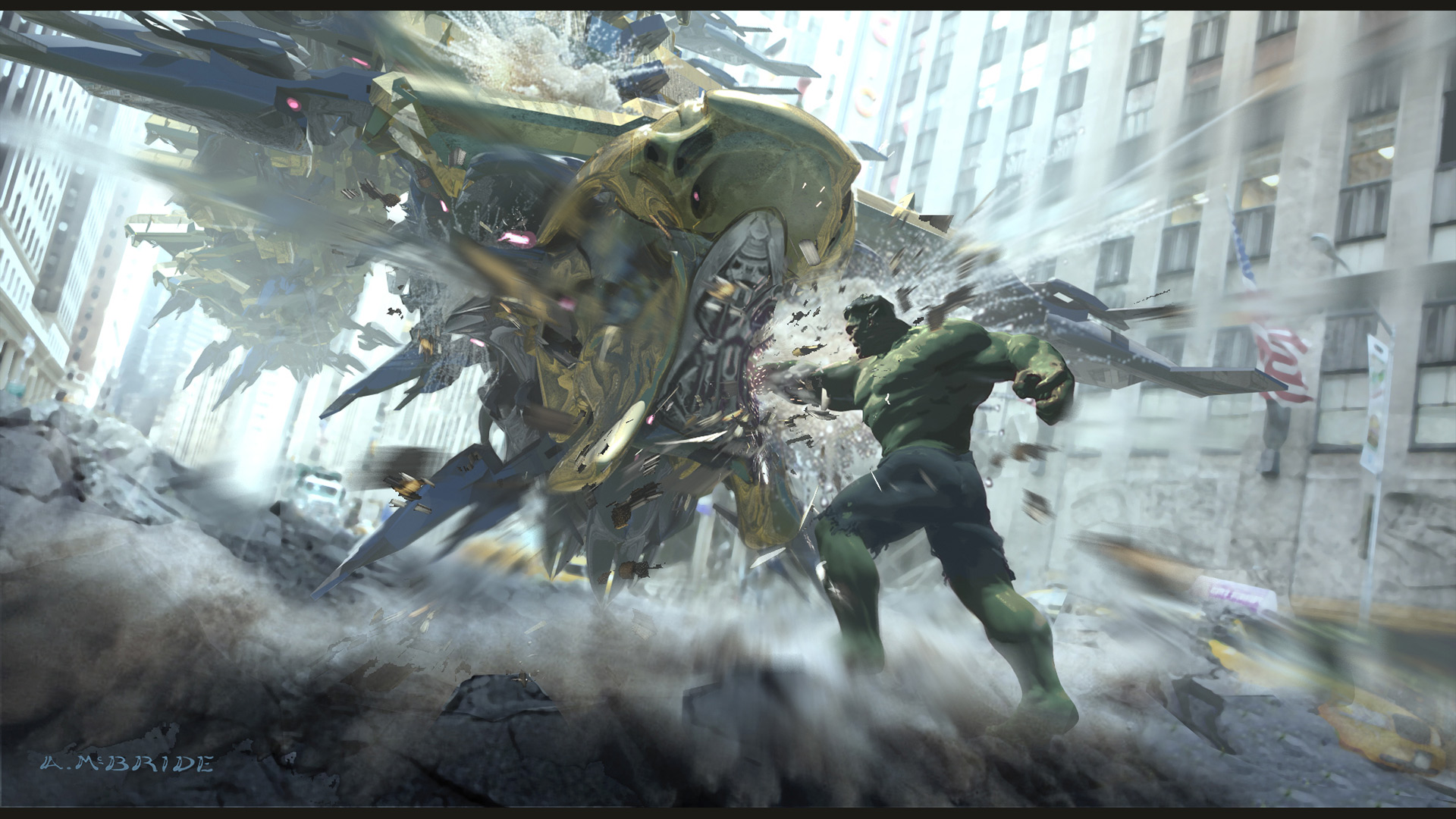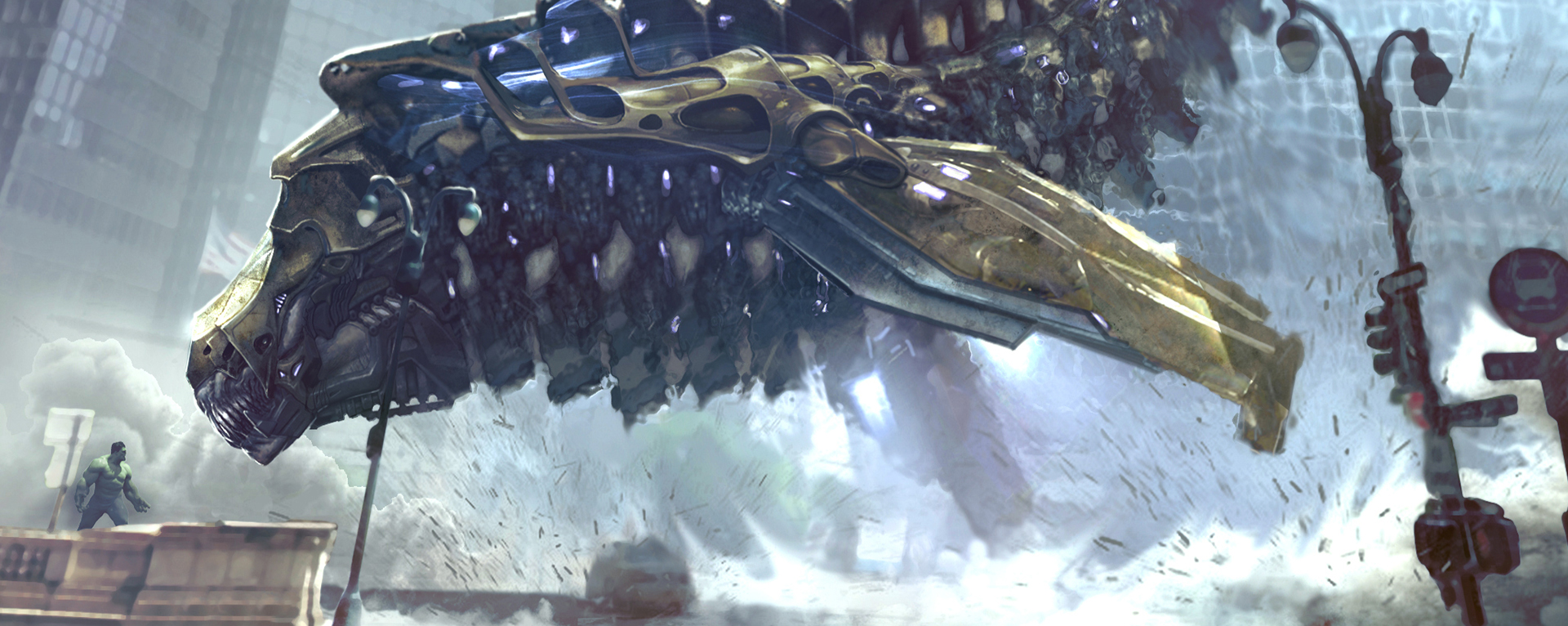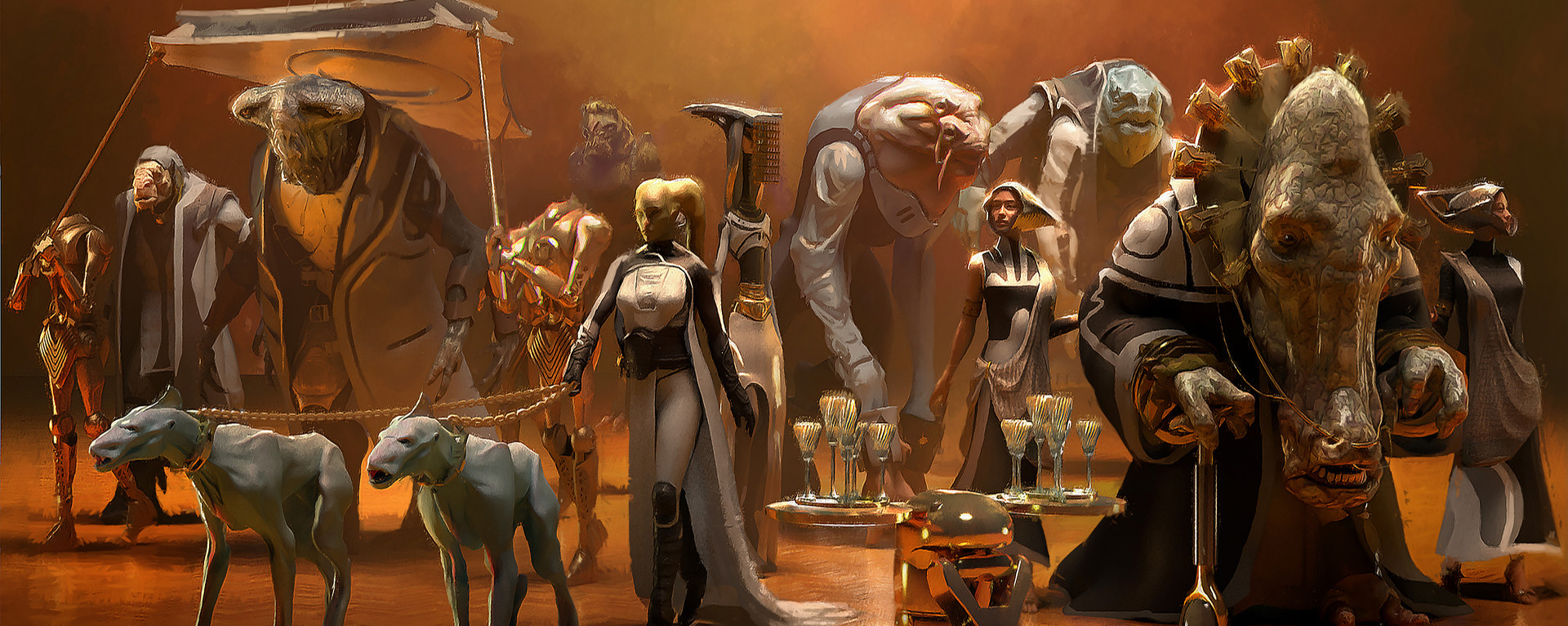Employee Spotlight: Aaron McBride
The VFX Art Director peels the curtain back on his career
Industrial Light & Magic (ILM) Senior Art Director Aaron McBride has spent more than 20 years visualizing characters, creatures, technologies, and far-flung locales in dozens of movies.
Can you summarize your role and day-to-day responsibilities?
I’m a Senior Art Director in the ILM Art Department. I still do some concept art myself, but a lot of what I do now is supervising other artists. We have multiple projects going at the same time, usually in different visual styles. Our work serves as a reference and visual guide for the production of visual effects shots, as well as the outright design of elements in the film. I usually specialize in doing characters and creatures.
So this was probably a dream job for you?
Yes it certainly was! I moved to California a little over 20 years ago to specifically get a job at ILM. I actually studied animation and experimental filmmaking in college, but around graduation I had decided that what I really wanted was to work here. What I loved to do was draw. The art department was (and still is) a smaller team, but I realized that’s what I wanted to try and join.
How did you end up starting here?
I started as an Art Department Intern in the summer of 1998. I was then hired back as a Production Assistant in 1999. That job involved a lot of administrative support. But now and then they’d throw me a bone to see if I could keep up. Creative Director David Nakabayashi was an Art Director on Star Wars: The Phantom Menace [1999], and he would give me storyboards to do.
How did you graduate into a formal artistic role?
After The Phantom Menace, David moved onto A.I. Artificial Intelligence [2001], and he invited me to become a Junior Concept Artist on the project. That was my first show.
What kind of lessons did you learn early on?
One specific thing I learned from multiple people was how to solve aesthetic problems within deadlines. You have to find a solution that is faithful to the film’s style and genre, but you can’t hold up the rest of the team. You might like to spend lots of time making something look perfect, but the art has a purpose beyond itself. The goal is to get the visual effects shots completed, so how do you solve things on time?
Where does knowledge of filmmaking craft come into play?
I learned something from another Art Director here – Alex Jaeger. If you come from an art background, you always want your artwork to be the star of the show. But Alex would remind me, “Sometimes you’re not designing the coolest thing in the frame. You need to know cinematically what purpose this assignment has for the story.” So if it’s a handheld gadget that’s onscreen for seconds, you want it to clearly convey only what the audience needs to know. If it’s a big creature that will be the focus of a major scene in the film, that’s when you pull out all the stops. You always have to obey the tone of the story.
How would you describe your own style as an artist?
I tend to like creepy things. Creatures have always been a big part of that. I branch out of course in different styles, but I always feel most comfortable doing something that’s a little off-putting!
Who has influenced your work?
One specific person was a graphic novel artist named Brian Bolland. So often you’d see comic book characters with the same stock expressions used repeatedly. But Bolland tailored each expression as if the hand-drawn characters were live action actors. No drawing was the same. He approached it like a movie.
What’s been one of your most rewarding projects to work on?
I was a concept artist on The Hulk [2003], and they asked me to work for a couple days on Pirates of the Caribbean: Curse of the Black Pearl [2003]. It was very early on the project, and they wanted to find a unique look for the skeletal pirates. My brain immediately went to sometime before when my wife had given me this turkey jerky snack to eat. So I asked if I could run to the grocery store and pick some up. I then took photos of it on my desk and collaged them onto the surface of a skull. The director of the film really liked it. So a two-day stint turned into my first full-fledged role as an Art Director! You never really know when the best projects will come.
You also worked on Davy Jones in Pirates of the Caribbean: Dead Man’s Chest [2006], correct?
That’s right. It was based on an earlier concept by Mark “Crash” McCreery. The actor for Davy Jones was going to be Bill Nighy, who was not well known in the United States at the time, and it was hard to find good reference imagery of him. I ended up focusing on his eyes and cheekbones, which made it into the final character onscreen. It was a lot of fun. My favorite character on that film was actually the hammerhead shark-inspired pirate, Maccus.
Has there been a time when your artwork helped influence a story decision in a film?
There was one moment on Avengers [2012]. We had this giant leviathan creature that comes out the portal in the climactic battle and plays an important role. Hulk actually punches it. That creature was at risk of being cut from the movie, but our design convinced the director Joss Whedon to lobby to keep it in. So we were able to influence the movie in that way.
You’ve been here for 20 years now. What has kept you as part of this team all that time?
The variety in the work we do is great, but it’s really the people here that make it worthwhile. When I first started I realized that I was working with the artists who did all the films that inspired me growing up. And now it’s the younger artists who inspire me. They’re doing all sorts of new things. This is the best place to be.
What do you look for in those young artists who dream of working here?
We naturally look for technical talent, which is important. But something unusual that sticks out to me is when I meet people who aren’t satisfied with their work. They want to keep pushing it and make it better. They’re hungry to learn. It keeps me in shape too!
